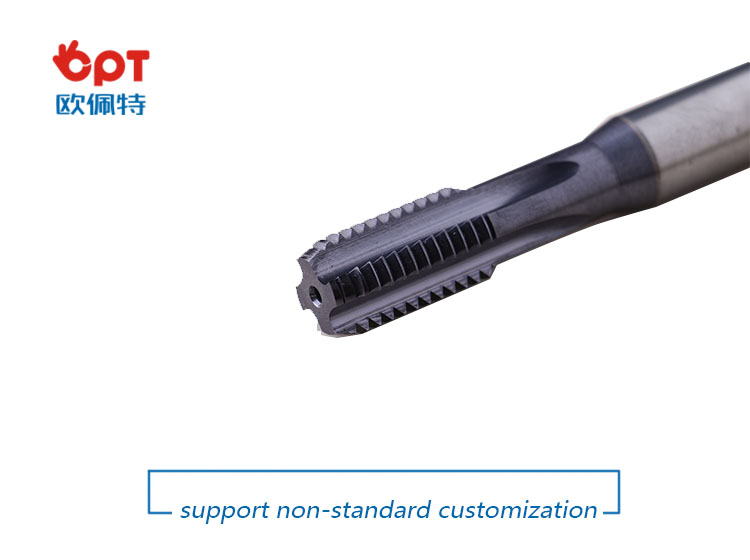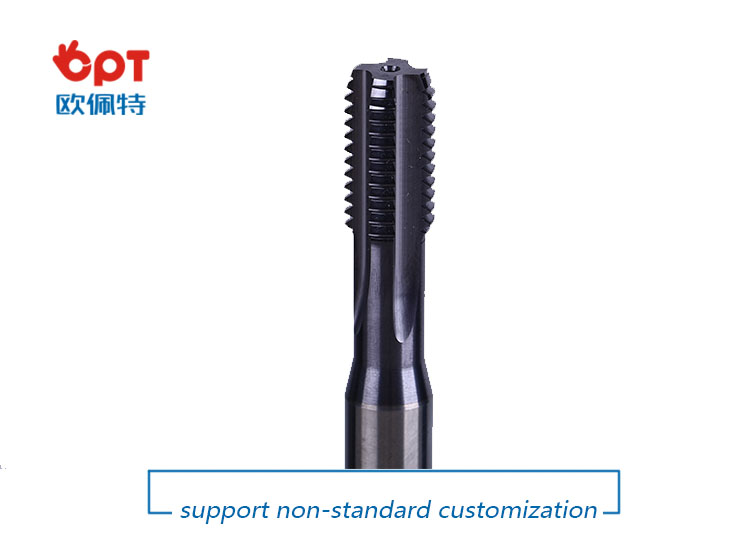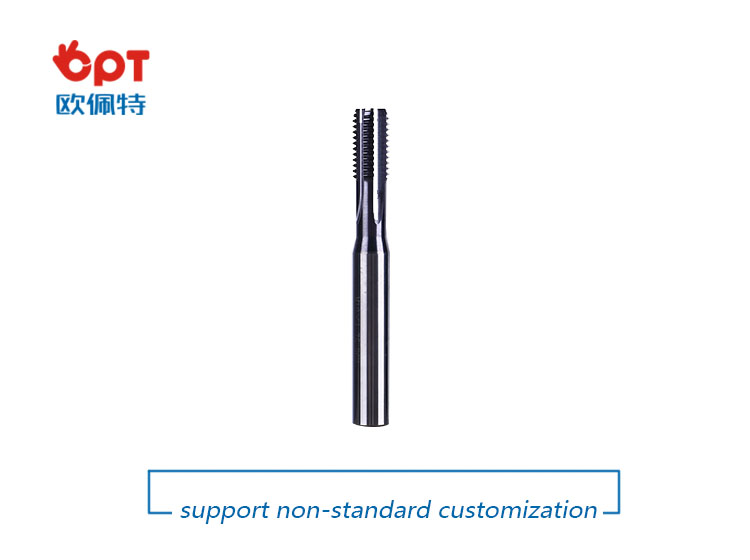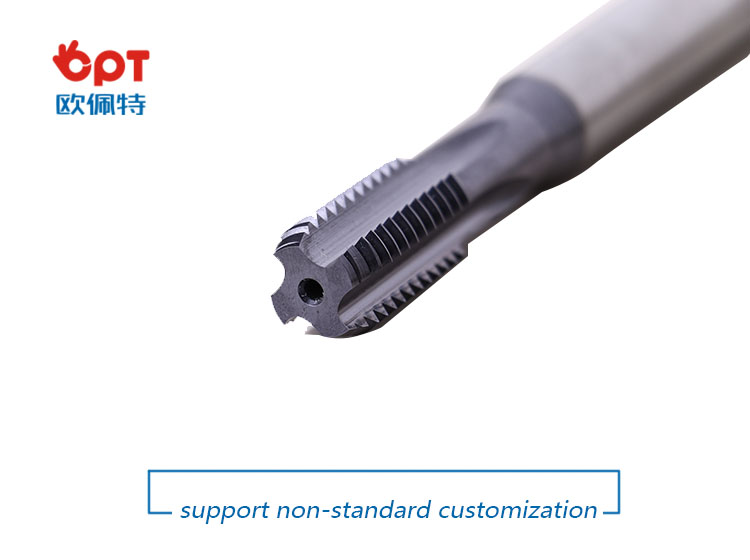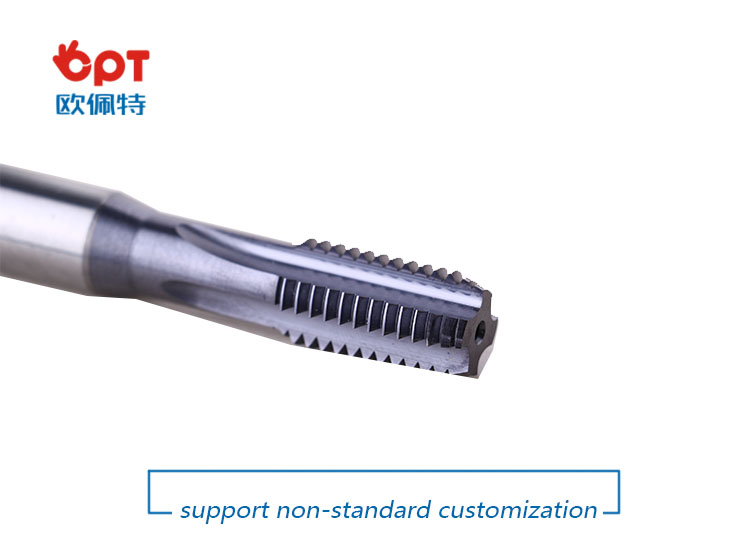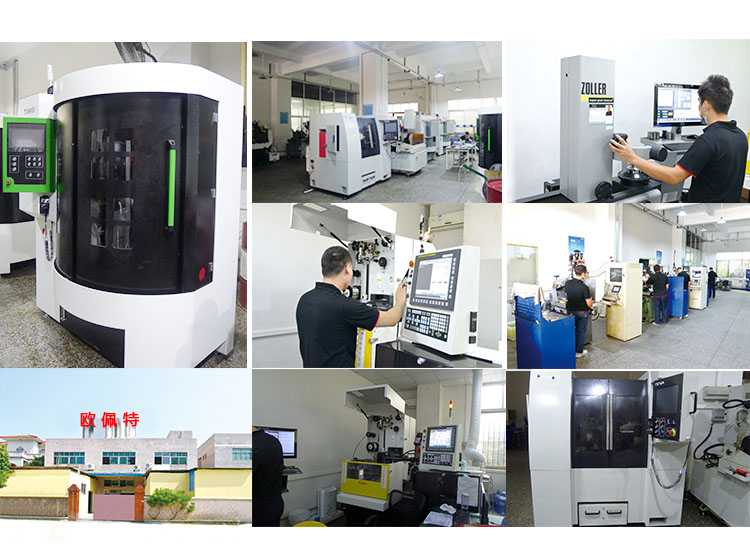In the early morning of November 17, US time, in the 3GPP RAN 187 meeting on the 5G short code scheme discussion, China's Huawei recommended PolarCode (Polarization Code) scheme was recognized as the final solution for 5G control channel eMBB scene coding. Prior to this, the LDPG proposed by Qualcomm was determined to be a 5G medium long code encoding solution. The short code decided that the Polar code solution made France's main Turbo 2.0 lose the 5G program rules again. Although the Chinese enterprises represented by Huawei have got rid of the technical forms of 3G and 4G eras and have more voices in the formulation of 5G rules, this does not mean that Huawei can already influence the development of 5G technology, and it does not mean that Huawei technology has been crushed. Qualcomm. Break into the core standard "First-class companies do standards, second-rate companies do brands, and third-rate companies do manufacturing." The development of communication technology standards has always been a battleground for companies with R&D capabilities in the industry. The Huawei Polar code competitors include Qualcomm-led LDPC encoding and French-led Turbo 2.0 encoding. The two camps represent the leading forces in 3G and 4G technologies. The third generation communication technologies include CDMA2000, WCDMA, and TD-SCDMA. The former two occupy the largest market, with Europe, the United States and Japan as the main technology leaders. Whether it is 3G or 4G technology, Qualcomm has always been dominant in standards development. "This time, the program recommended by Huawei-led Chinese manufacturers was recognized for the first time by the coding level standard, and it was recognized internationally on behalf of Huawei," said Wang Yanhui, secretary general of the Mobile China Alliance, to the reporter of China Business News. "When Huawei is running in the 2G era, it can be seen in the 3G era, and part of the 4G era has become an important part of the 5G." In fact, Huawei's layout on 5G technology started very early. In 2009, Huawei launched an early research on related technologies and showed the 5G prototype base station to the outside world in the next few years. On November 6, 2013, Huawei announced that it will invest USD 600 million to develop and innovate 5G technologies by 2018. It is expected that users will enjoy 20Gbps commercial 5G mobile networks by 2020. In this meeting, for the short code standard selection, the three companies eligible for competition are the LDPC program from the United States, the Turbo 2.0 solution from France, and the Polarcode solution recommended by Huawei in China. The LDPC program was proposed by the Massachusetts Institute of Technology Robert Gallager in 1962, and Polar was proposed by Professor Erdal Arikan of the University of Birken in Turkey in 2008. In the end, the number of companies supporting Huawei's proposal reached 59, and Polarcode eventually became the encoding scheme for the control channel uplink and downlink. According to the reporter, the Polar solution, such as ZTE and other Chinese companies, are also involved. According to insiders, ZTE has also conducted in-depth research and contributions to the Polar program. Prior to this, Chinese technology has been seeking breakthroughs in the development of global communication network standards. In TD-SCDMA and TD-LTE appearing in 3G and 4G, there is no shortage of Chinese communication technology. However, in the field of core long code coded Turbo code and short code bite tail convolutional code, Chinese technology has less involvement. Road resistance and length At the International Telecommunication Union (ITU) 2016 World Telecommunication Exhibition held in Bangkok, Thailand on November 15th, Zhao Houlin, Secretary General of the International Telecommunication Union, revealed that the 5G standard will be released in 2019, and China's 5G commercial will be launched in 2020. Although Huawei has won the final solution for control channel eMBB scene coding, this does not mean that Huawei can completely crush Qualcomm. It does not mean that China has surpassed the United States in the field of communication technology. In fact, in implementing 5G technology. Huawei and domestic companies still have a long way to go. The eMBB won by Huawei is just one of the scenarios for 5G applications. The 3rd Generation Partnership Project 3GPP defines three major scenarios for 5G: eMBB, mMTC, and URLLC. Among them, eMBB corresponds to large-capacity mobile broadband services such as 3D/Ultra HD video, mMTC corresponds to large-scale Internet of Things services, and URLLC corresponds to services such as driverless, industrial automation, etc. that require low latency and high reliability. . Compared with 3G and 4G, only voice and data services are available, and 5G application scenarios involve a wider range of services. After eMBB, the channel coding scheme in the URLLC scenario will be determined later, and finally the mMTC scenario will be determined. For the IoT channel connection, ZTE proposed that MUSA multiple access technology may also be discussed next year. On the core 5GeMBB scenario, Polar is the signaling channel coding scheme, and LDPC code is the data channel coding scheme, and the two are equally divided. "These two agreements can't talk about one or the other, they can exist at the same time, but the application is different. Chinese manufacturers have indeed entered the core standards for the first time, but the core standards have many programs and fields. The single victory does not explain China's communication technology. Has surpassed the United States." Wang Yanhui analyzed the "First Financial Daily" reporter. For both technologies, it is too early to talk about the advantages and disadvantages. Whether it is Qualcomm or Huawei, the next step should be to develop a product based on its own technology and strive for a bigger market. "The rules are proposed to be realized, which tests the company's understanding of high-end communication technology and its corresponding research and development capabilities." Sun Yanxi, a person in the communications industry, said. At one time, Qualcomm had a domestic market share of 100% for its patent portfolio of CDMA, WCDMA and LTE wireless communication standards; the market share of CDMA, WCDMA and LTE wireless communication terminal baseband chips also exceeded 50%, with absolute Market dominance. Although Huawei's Polar code has been affirmed, before the arrival of the 5G era, Qualcomm's 3G and 4G core technologies still play an important role in the market. "(From the operator's point of view) it is impossible to give up 4G and 3G while doing 5G, so it still uses Qualcomm patents." Wang Yanhui said. At present, the United States is still ahead of China in terms of the number of 4G core patents. Domestic companies have also caught up with the momentum. In the future, 5G technology will cover more fields, and the gap between China and the United States is narrowing in the layout of these fields. On November 14, the Ministry of Industry and Information Technology issued the "Notice on the Organization of the "New Generation Broadband Wireless Mobile Communication Network" National Science and Technology Major Project 2017 Annual Report", and 5G R&D was included as a key project. According to the plan, the total number of 5G R&D projects among the major national science and technology projects in 2017 reached 24. In the future, China will make more voices on the 5G core technology. Cutter Taps
When machinists need to create internal threads, they opt for cutting taps. Cutting a tap means using tools that remove material from the tapped hole, according to OPT Tool. This process then leaves an internal thread that meets the machinist`s desires.
We are a professional manufacture in producing
Carbdie Taps. We offer a complete range of taps in carbide, CPM and HSS-E.
For Carbide Taps, we provied regular stock, and we
also provide customization for your designs and logo. It is important to choose
a professinonal manufacture to work with you, in order to communicate every
details in the design. Our reputation has been built on quality, design and service
– all at a competitive price. No matter you are a agent buyer or a factory
source for self-use, we will be your most trusted partner.
Cutter Taps is a tool for processing internal
thread. According to the shape, it can be divided into a spiral tap and a
straight blade tap. According to the use environment, it can be divided into a
hand tap and a Machine tap. According to the specifications, it can be divided
into metric, American and British taps. Taps are the primary tool for
manufacturing operators to machine threads.
PRODUCT DETAIL:
PRODUCTING PROGRESS:
PAYMENT AND DELIVERY:
PRODUCT EQUIPMENT :
ABOUT US :
We are specialize in manufacturing PCD diamond tools and Carbide tools. Our major product inclulde PCD Inserts , PCD Reamers, PCD End Mills, PCD Taps, Cabide Inserts,Carbide Drills, Carbide Reams, Taps etc.,
We also offered customized cutting tools per drawings, and provide package according to customer requirements. We manufacture a series range of cutting tools for machining of Cast iron, Aluminium alloy and Non-Ferros metal, it is widely used in all major sectors like Automobiles, Engineering, Aerospace, Aviation and 3C industry. Premium quality of raw material is used in the production and strict examination during processing with advanced equipment, so our client are satisfied with our reliable quality and on-time delivery.
Our best selling of cutting tools include PCD Inserts, PCD End Mill, PCD Ball Nose Mill, PCD Reamer, Carbide Taps, Carbide End Mill, Special Form Cutter and many more. For these years we have been made a large forward in the technologies of manufacturing cutting tools. With high quality on performance and price, our product sells well both on domestic and overseas market. And we will always focus on the quality and best service, to make long business relationship.
quanlity control:
We have dedicated team of quality control and precise equipment to keep good and stable performance for our products and processing services.
Thread Cutting Tap,Thread Tap Set,Carbide Tap Set,Cutter Taps OPT Cutting Tools Co., Ltd. , https://www.optdiamondtoolss.com
A machinist achieves that geometric precision by using tools that come with a feature called the chamfer, which cuts a 90-degree angle or edge to make it more symmetrical. This gradual cutting motion allows a tap to smoothly enter a hole.
